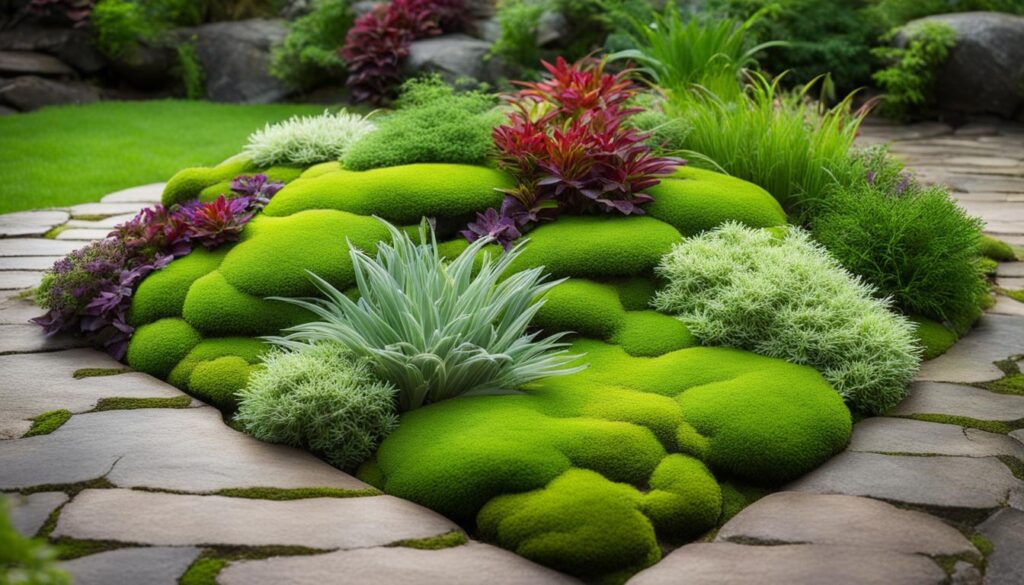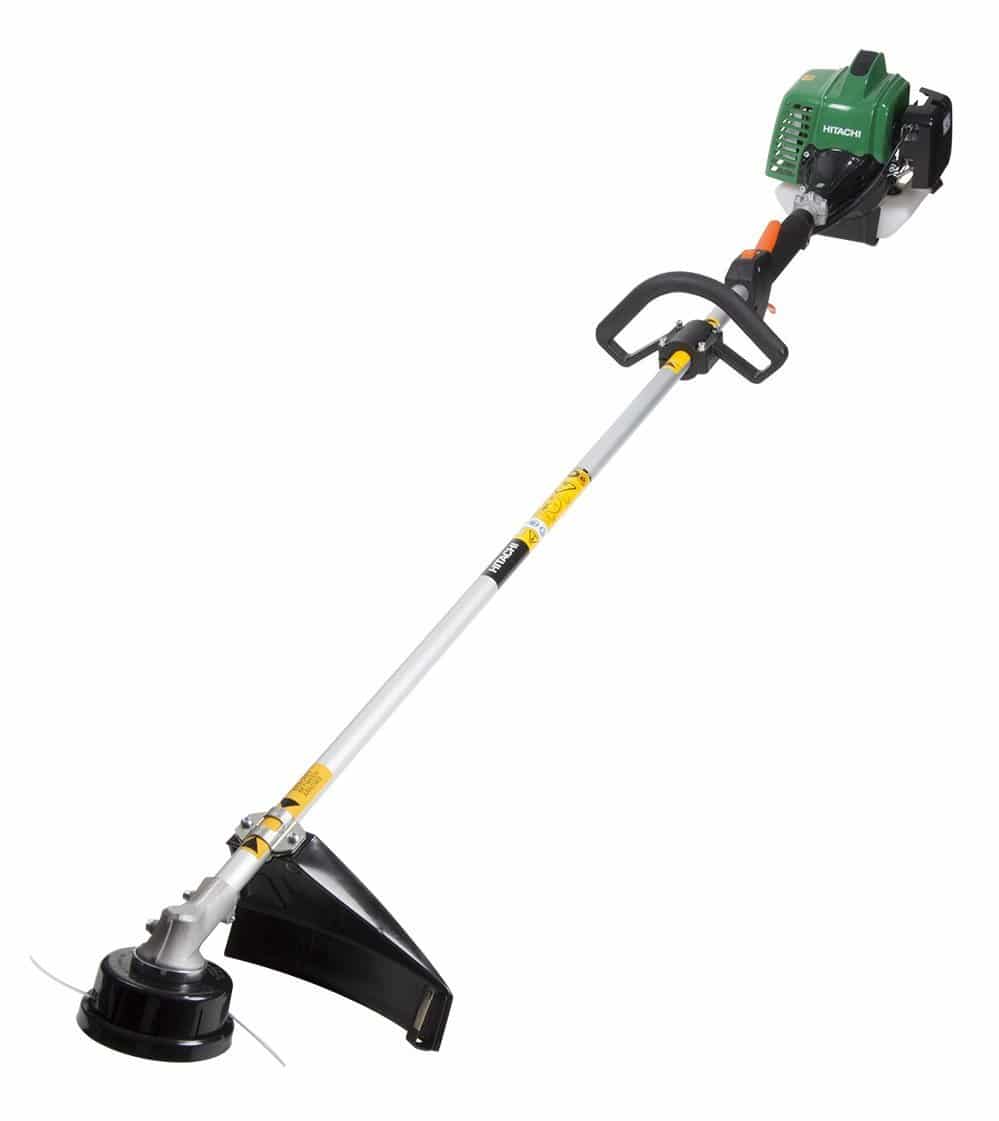Welcome to the fascinating world of moss gardening! If you’ve ever wondered how long it takes for moss to grow or how to cultivate a lush carpet of moss in your garden, you’ve come to the right place. In this article, we’ll explore the timeline for moss growth, step-by-step techniques for growing moss, tips for choosing the right moss and companion plants, preparing the soil for moss, propagating and watering moss, and garden maintenance. Whether you’re a beginner or a seasoned gardener, you’ll find valuable information to help you create a beautiful moss garden that will captivate your senses and transform your outdoor space.
Before we dive into the specifics, let’s answer a common question: how long does it take for moss to grow? Mosses are unique plants that grow year-round, regardless of the season. They are evergreen and are capable of photosynthesis even at temperatures below freezing. However, when there isn’t enough water, mosses enter a dormant state. The most critical factor for moss growth is moisture. With the right conditions, you can expect to see moss starting to establish itself within a few weeks. But keep in mind that mosses are slow-growing plants, so patience and attention to detail are key to achieving a lush green carpet.
Step by Step Guide on How to Grow Moss
If you’re looking to add a touch of natural beauty to your garden or indoor spaces, growing moss is a perfect choice. Mosses can bring a unique and serene ambiance to any setting. Whether you want to create a moss garden, fill gaps in between stepping stones, or decorate a shady area, this step-by-step guide will help you successfully grow moss.
Understanding Moss Types: Acrocarpous and Pleurocarpous
Mosses can be classified into two main types: Acrocarpous and Pleurocarpous. Acrocarpous mosses have an unbranched growth pattern and are generally slower-growing. On the other hand, Pleurocarpous mosses exhibit chaotic branching and grow at a faster rate.
When it comes to harvesting moss, the techniques can vary depending on the type. For acrocarpous mosses, it’s best to harvest them after rainfall using the scooping technique. For pleurocarpous mosses, scraping, scooping, or raking is more suitable. Understanding the specific characteristics of the moss type you want to grow will help you choose the right harvesting method.
Preparing the Soil for Moss Growth
To create an ideal environment for moss growth, it’s important to prepare the soil properly. Start by removing any existing plants and weeds from the area where you want to grow moss. Ensure that the soil type is suitable for moss growth, whether it’s loam, clay, or richly amended soil.
Next, smooth the surface of the soil to create an even and level base for the moss to thrive. Take note of any depressions or areas prone to water run-offs and address them accordingly. By preparing the soil adequately, you provide the moss with the optimal conditions for establishment and development.
Now that you have a better understanding of moss types and how to prepare the soil, you’re ready to embark on your moss-growing journey. The next section will guide you in choosing the right moss for your needs and exploring companion plants that can complement your moss garden.
Choosing the Right Moss and Companion Plants
When it comes to choosing the perfect moss for your green carpet, consider the type that suits your needs. Acrocarpous and pleurocarpous mosses are the two main types you can choose from. Acrocarpous mosses, such as Haircap Moss and PinCushion Moss, are unbranched and known for their slower growth. On the other hand, pleurocarpous mosses, like Fern Moss and Sheet Moss, have chaotic branching and tend to grow faster.
Once you’ve selected your moss type, it’s time to think about companion plants that can enhance your moss garden. These plants not only complement the beauty of the moss but also provide a harmonious environment for it to thrive. Consider planting Azure Bluet, Japanese Painted Fern, Barrenwort, Lady Fern, Canada Wild Ginger, Virginia Bluebell, or Lungwort alongside your moss to create a vibrant and picturesque scene.
By carefully selecting the right moss species and companion plants, you can create a captivating and diverse moss garden that will be the envy of your neighborhood. The combination of different textures, colors, and heights will add depth and interest to your green oasis.
Preparing the Soil for Moss Growth
Creating the perfect environment for moss growth starts with preparing the soil. Follow these steps to ensure your soil is ready to support lush and vibrant moss:
- Remove unwanted plants and weeds: Clear the area of any unwanted vegetation that may compete with the moss for nutrients and resources. This will give your moss the best chance to thrive.
- Ensure soil type suitability: Moss can grow in various soil types, including loam, clay, or richly amended soil. Assess your soil type and make any necessary amendments to ensure it meets the needs of the moss you plan to grow.
- Smooth the surface: Moss prefers a relatively flat surface to establish itself. Use a rake or garden tool to create a smooth and even surface for the moss to grow on.
- Remove depressions, pebbles, leaves, and loose material: Moss is sensitive to accumulating debris, which can hinder its growth. Take the time to remove any depressions, pebbles, leaves, or loose materials that could collect water and debris.
- Address water run-offs: Ensure that water runoff is adequately managed in the area where you plan to grow moss. Excessive water can drown the moss or create unfavorable conditions for its growth.
- Consider soil pH: Mosses can grow in a wide range of soil pH conditions, including acidic, neutral, and slightly alkaline. It’s important to test your soil’s pH level and make any necessary adjustments to create an optimal environment for moss growth.
- Plant companion plants first: If you plan to include companion plants in your moss garden, it’s best to plant them before introducing the moss. This allows you to work around the plants more easily and ensures they receive adequate space and resources.
- Lightly scratch the soil: Before introducing the moss, lightly scratch the soil surface with a rake or garden tool. This will help create good contact between the moss and the soil, facilitating root anchorage and growth.
By following these steps, you’ll be well on your way to creating the perfect soil conditions for moss growth in your garden.
Propagating and Watering Moss
If you’re looking to expand your moss garden or fill in empty areas with lush greenery, propagating moss is a simple and effective method. Mosses can be propagated through two main methods: dividing and fragmenting.
When propagating moss through division, you can carefully separate a portion of the moss and transplant it to another area. This works well for both acrocarpous and pleurocarpous mosses, but be sure to handle the moss gently to avoid damage.
Another way to propagate moss is through fragmentation. This involves breaking the moss into smaller pieces and scattering them in desired places. Pleurocarpous mosses tend to propagate faster using this method, due to their chaotic growth patterns.
Watering Moss, an Essential Step for Growth
Water is critical for moss growth and development. However, it’s crucial to provide the right amount of water to ensure optimal growth. Proper watering techniques may differ depending on the type of moss you have in your garden.
Acrocarpous mosses, which have unbranched growth, thrive with occasional watering. Their water requirements are different from pleurocarpous mosses, which have more chaotic branching patterns. Pleurocarpous mosses require consistent moisture to encourage faster growth and propagation.
To water moss effectively, in addition to considering the moss type, monitor weather conditions and adjust accordingly. If rainfall is scarce, you can use a fine mist or a gentle watering can to supplement moisture. Avoid overwatering, as excessive moisture can lead to moss decay and other issues.
Remember, acrocarpous mosses generally take longer to anchor and multiply compared to pleurocarpous mosses. So if you want to see lush growth and expansion, it’s important to regularly water your moss garden and maintain optimal moisture levels.
What Is the Timeline for Growing Moss into a Green Carpet?
Growing moss into a green carpet can take time, depending on the conditions. Generally, the timeline for establishing a lush moss carpet can vary from a few months to a few years, depending on how fast moss grows in the specific environment. Patience is key when cultivating a moss garden.
Conclusion
Maintaining a moss garden is a rewarding and delightful experience. To keep your moss garden in optimal condition, it’s important to prioritize regular maintenance. Begin by keeping the garden clean, removing any debris or weeds that may detract from the moss’s natural beauty.
In addition to cleanliness, adequate watering is crucial for moss garden maintenance. While moss requires some water to thrive, it’s important not to overwater, as excessive moisture can lead to the development of unwanted plant species. Finding the perfect balance is key.
Lastly, when walking in your moss garden, be sure to tread lightly. Moss is a delicate plant that can be easily disturbed, so it’s important to be mindful of your steps. By taking these simple steps, maintaining a moss garden becomes a straightforward and enjoyable task.
Moss gardens have gained widespread popularity among landscape enthusiasts, with an increasing number of people incorporating moss into their outdoor spaces. Some have even taken the bold step of converting traditional grass lawns into lush moss lawns. These ethereal gardens create a serene and enchanting atmosphere, inviting tranquility and connection with nature.











